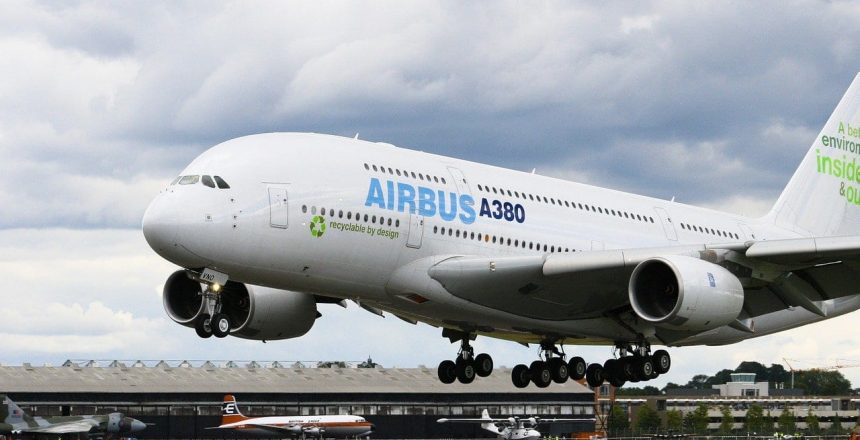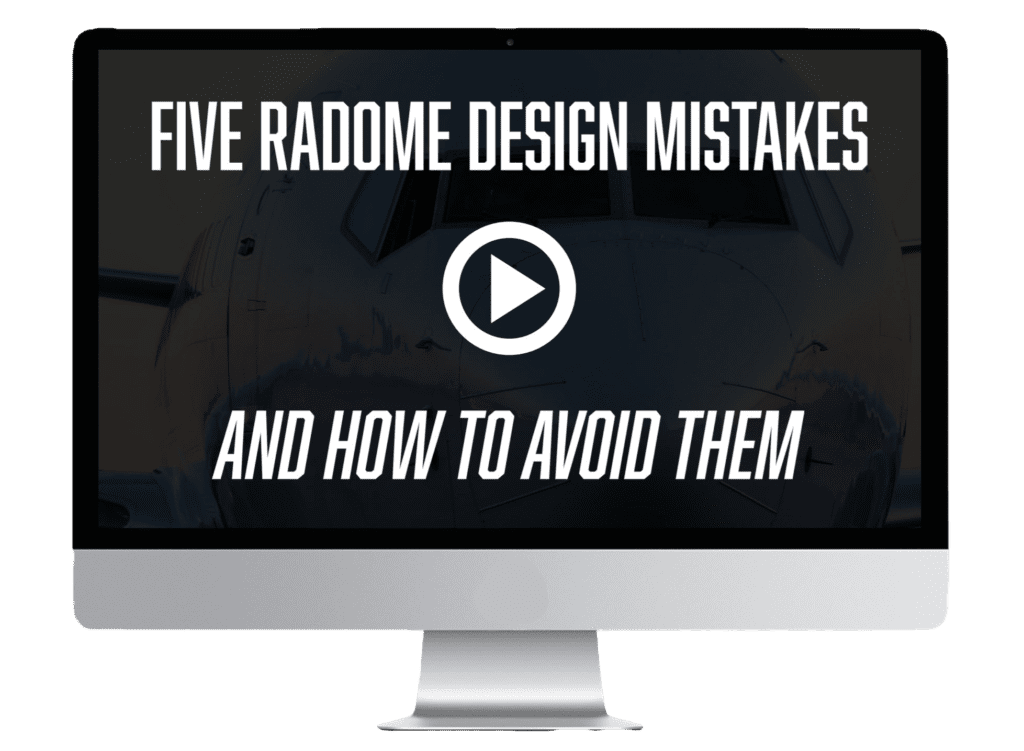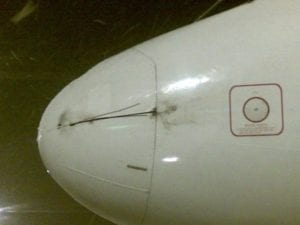A videographer from Australia recently caught the moment showing an Airbus A380-800, the world largest commercial airliner, flying near a thunderstorm. This aircraft was lucky it didn’t get struck. (The plane was subsequently grounded, however.)
This raises a great question: how does the Airbus A380 lightning protection system work? If this plane took a direct strike, how would it have fared? Would it suffer significant damage?
That actually depends more on the Airbus A380 lightning protection system than on the plane’s design. We explain below.

Material Innovation: A Glance at GLARE
What the world really needs is more acronyms, and so GLARE was born. No, not really. And yes, we’ll stop with the jokes now. GLARE, or Glass Laminated Aluminum Reinforced Epoxy, is a very interesting material, and it’s all over the A380.
Although GLARE is not a new innovation – it was patented in 1987 and was in widespread application by 2017 – it’s relatively new compared with other aircraft composites. GLARE has excellent fatigue properties, and it’s 15-30% lighter than aluminum. One of the key ways it’s different from other “sandwich” composites is its alternating layers of glass fibre reinforced bond film (epoxy) and aluminum are applied at 90 degree angles to each other. Positioning the layers that way adds to the material’s strength.
GLARE has been used in the front radome bulkhead of the Bombardier Learjet, a Zone 1A part, where lightning strikes are the most common. Lightning Protection Systems are, obviously, of paramount importance around radomes (and other Zone 1 and Zone 2 parts) – to the FAA. In fact, we created a whole handbook explaining the importance of compliance with FAA Regulation 14 CFR 25.581. Attitude aside, the FAA isn’t alone in its concern about damage from lightning strikes. Effective lightning protection is also, obviously, extremely important to owners and operators who want to keep their planes in the air rather than down for repairs.
About Aircraft Composite Materials and Lightning Protection
After several years of service (but not great sales) we know A380 was a big – really big – aircraft, but it was not as big a success as Airbus had planned. The newer, smaller, A350xwb won’t exactly “replace” the A380, but it has already found a bigger niche in the market, largely because it fits better on the smaller footprints of most US airports.
Interestingly, Airbus opted to not use GLARE for the A350. Instead, the manufacturer returned to the familiar recipe using aluminum alloy around the cockpit, and carbon fiber for the body of the aircraft.
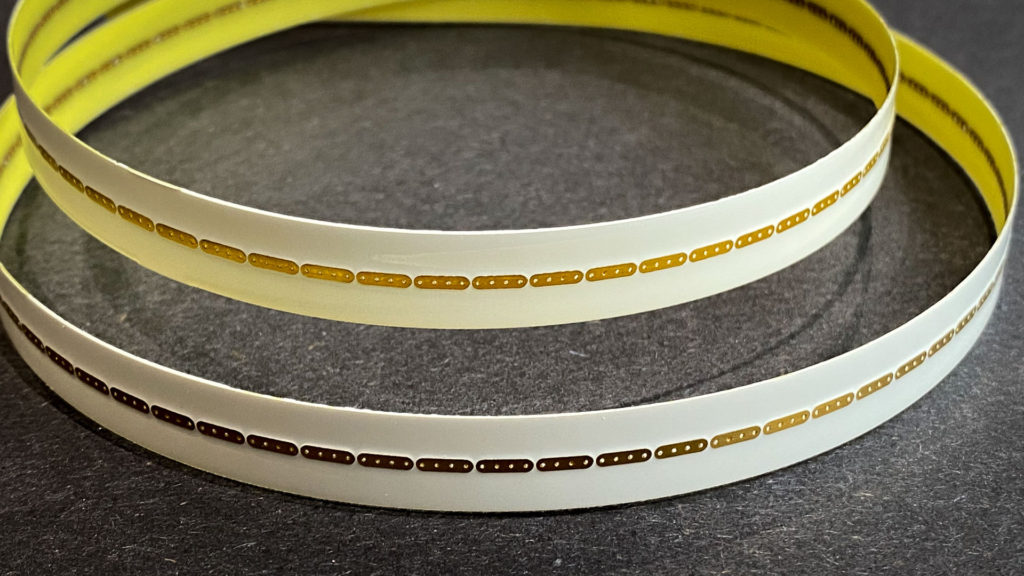
While an aircraft’s materials composition goes a long way to predicting how it will sustain damage from a direct lightning strike, when considering the best aircraft lightning strike protection for a particular plane, it’s also critical to take into account the aircraft’s overall design and the placement and manner of attachment of its components.
The bottom line? When it comes to lightning protection, just looking at the radome you want to protect isn’t enough. The aircraft’s materials and many other design considerations cannot be overlooked when you’re selecting – and installing – diverters to protect your part, your plane, and everything that’s riding on it.
Improving Aircraft Design and Lightning Protection Systems
Don’t leave anything to chance. The WeatherGuard team has worked with aerospace engineers and designers every day – for more than 20 years! – and we’re here to help you understand lightning protection and how to comply with regulations. We are ISO 9000:2015 certified to meet the highest quality standards.
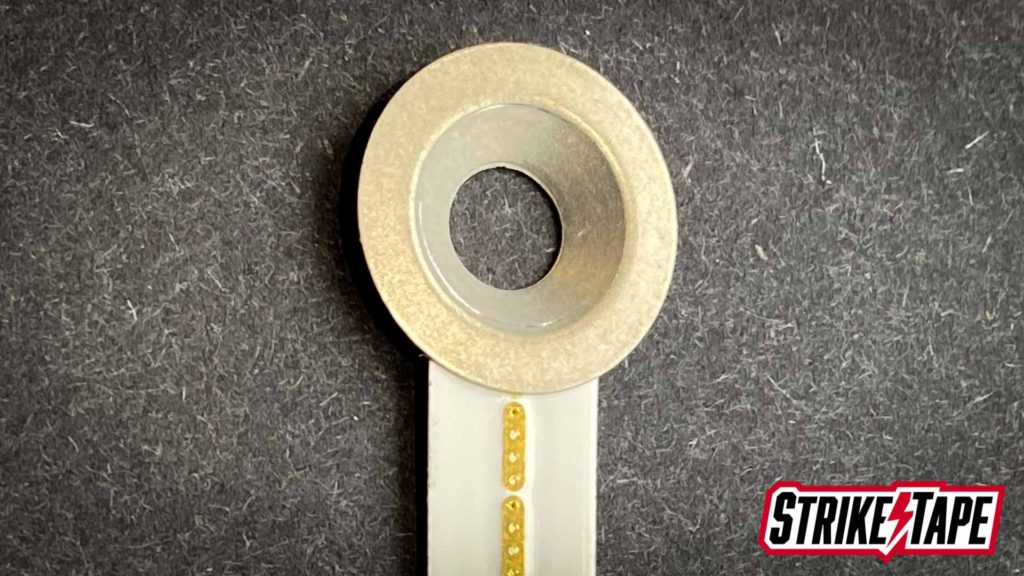
Aircraft technology doesn’t stand still, and neither do we. We continue to improve our products through extensive research and development, and to help our clients deliver the best, safest aircraft systems. Get in touch – we’re here to help!

